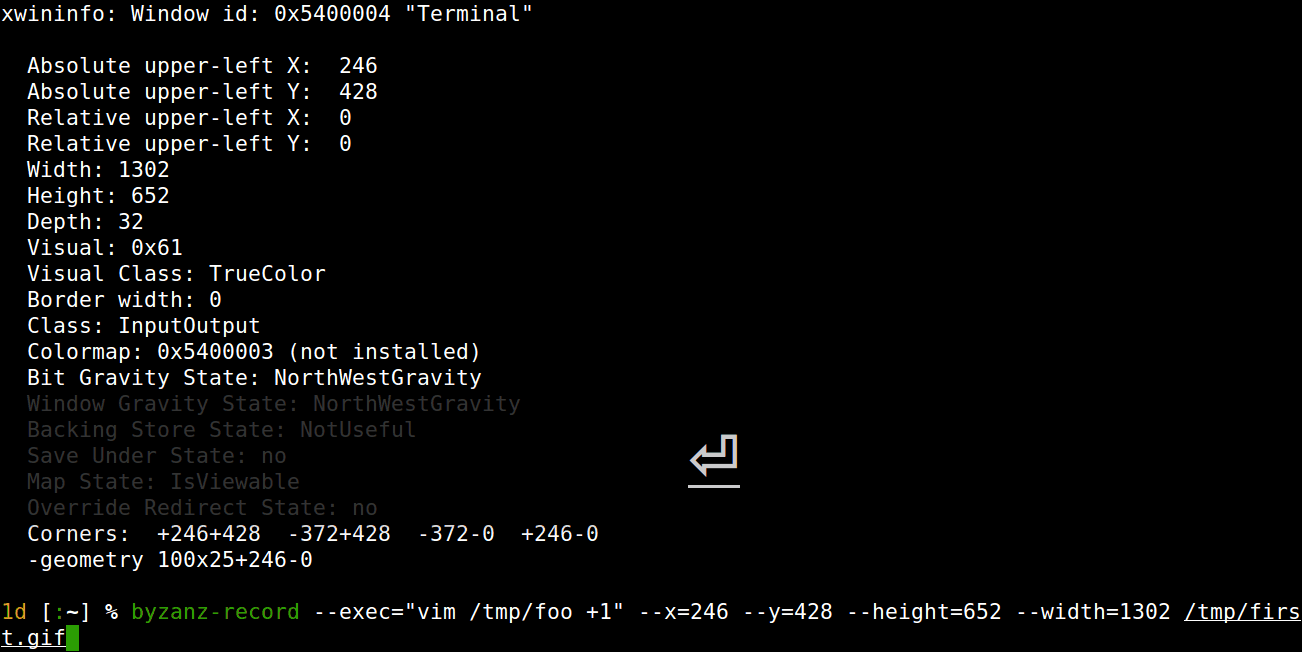我发现很难理解这些文本对象的动作:
*]]*
]] [count] sections forward or to the next '{' in the
first column. When used after an operator, then also
stops below a '}' in the first column. |exclusive|
Note that |exclusive-linewise| often applies.
*][*
][ [count] sections forward or to the next '}' in the
first column. |exclusive|
Note that |exclusive-linewise| often applies.
*[[*
[[ [count] sections backward or to the previous '{' in
the first column. |exclusive|
Note that |exclusive-linewise| often applies.
*[]*
[] [count] sections backward or to the previous '}' in
the first column. |exclusive|
Note that |exclusive-linewise| often applies.
我可以理解,“]”意味着前进,就像“]}”转到下一个不匹配的“}”一样,第二部分“}”描述了目标,这很有意义。
但是“]]”,“] [”,“ [[”,“ []”中的第二个括号是什么意思?如果“]]”中的第二个“]”表示“第一列”中的“ {”,那么“ []”中的第二个“]”表示“}”而不是“ {”。我只是无法理解这四个文本对象的运动。
4
在您的报价下方的3个段落中解释了“节”的含义。
—
romainl '16
@romainl指出:“第二个字符[确定]找到的括号的类型”,这意味着
—
Rich
]应始终与匹配}。OP指出,情况并非如此。他们要求澄清这一点,而不是要求一节的定义。
—
Hotschke
